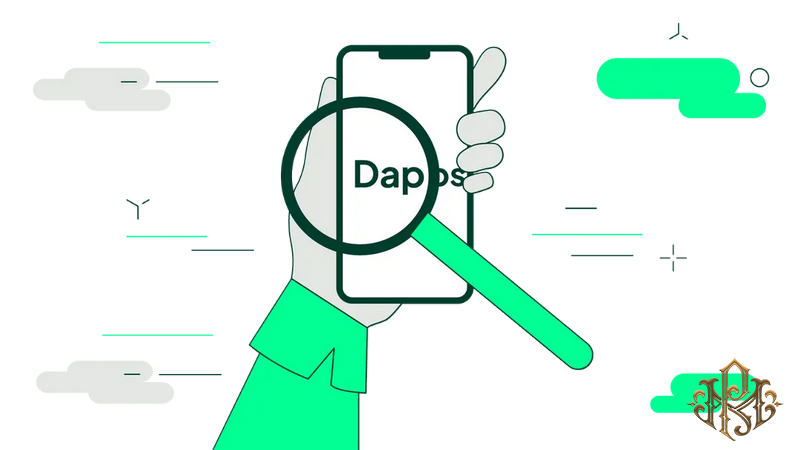Decentralized Applications (DApps) are software applications that run on decentralized networks rather than traditional centralized servers. They leverage blockchain technology to store and process data securely and transparently across a network of interconnected nodes. Unlike centralized applications where a single entity controls the data and operations, DApps adhere to a decentralized architecture that offers various benefits such as censorship resistance, immutability, and enhanced security.
To create a decentralized application, developers typically follow a structured process that involves the following key steps:
- Choosing a Platform: Select a blockchain platform that supports the development of decentralized applications. Platforms like Ethereum, TRON, EOS, and Binance Smart Chain are popular choices due to their robust infrastructure and developer-friendly features.
- Designing Smart Contracts: Smart contracts are self-executing pieces of code that define the rules and logic of the DApp. Developers write smart contracts to automate processes, enforce agreements, and facilitate transactions on the blockchain.

- Front-End Development: Develop the user interface (UI) of the DApp using web technologies such as HTML, CSS, and JavaScript. The front-end interacts with the blockchain through APIs to enable users to interact with the decentralized application.
- Integrating with Blockchain: Connect the front-end interface with the smart contracts deployed on the blockchain network. This integration enables users to interact with the DApp securely and perform transactions without relying on intermediaries.
- Testing: Conduct thorough testing of the DApp to identify and resolve any bugs, vulnerabilities, or issues. Developers can use test networks like Ropsten (for Ethereum) to simulate real-world conditions and ensure the DApp functions as intended.
- Deployment: Deploy the smart contracts and front-end components of the DApp to the mainnet or a public blockchain so that users can access and use the application. Regularly update and maintain the DApp to ensure its functionality and security.
- User Adoption: Promote the DApp to attract users and build a community around it. Engage with users, gather feedback, and iterate on the application based on user needs and market trends to drive adoption and growth.
By following these steps and leveraging blockchain technology, developers can create decentralized applications that offer numerous advantages over traditional centralized applications. DApps empower users by providing greater control over their data and transactions, eliminating the need for intermediaries, and promoting trust in a transparent and secure manner. As the blockchain ecosystem continues to evolve, DApps are expected to play a significant role in reshaping various industries and driving innovation across different sectors




